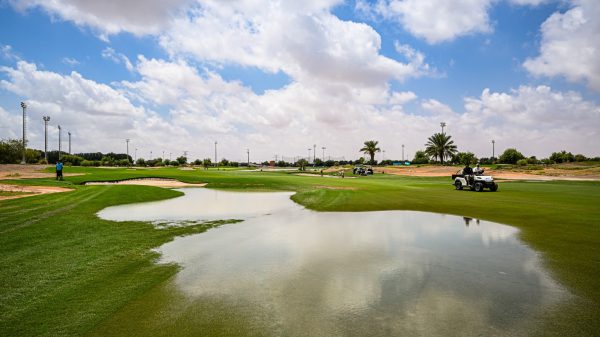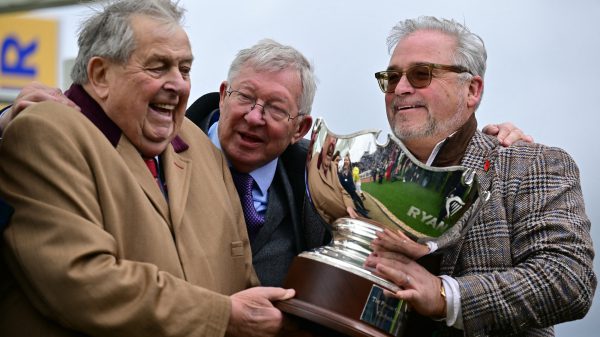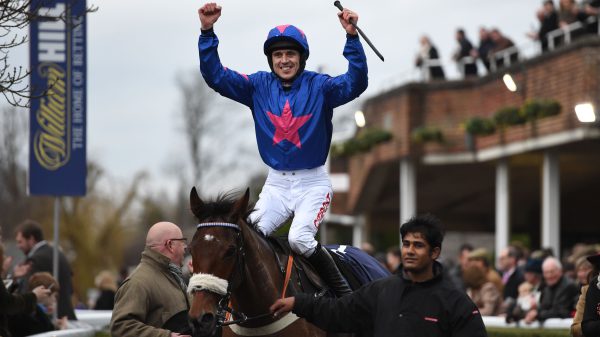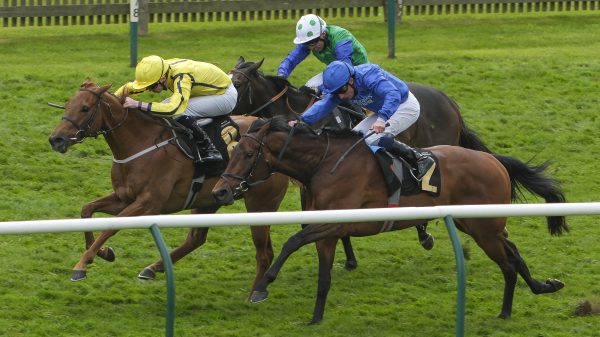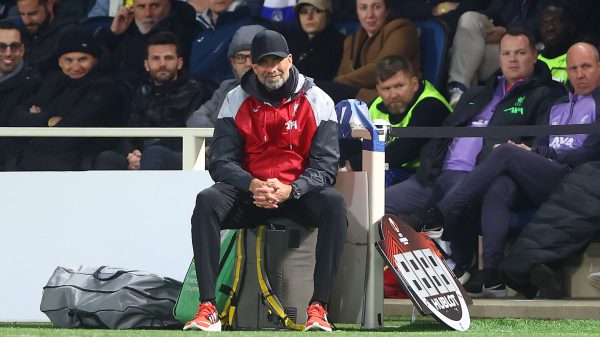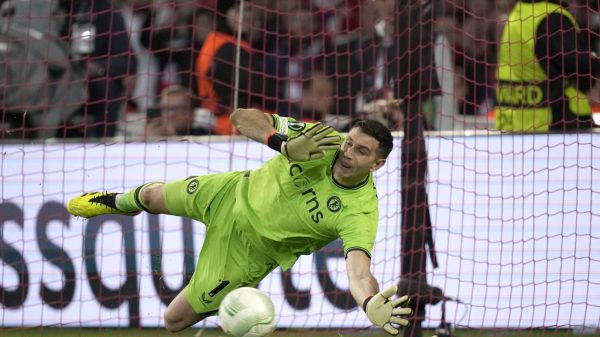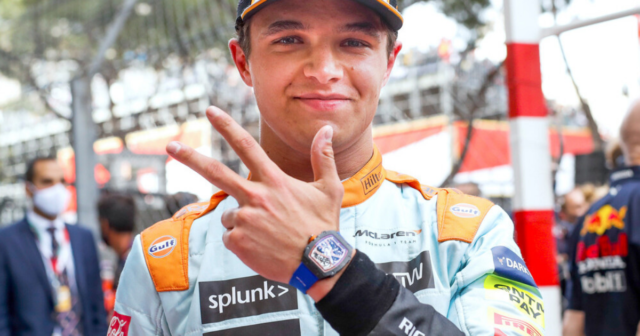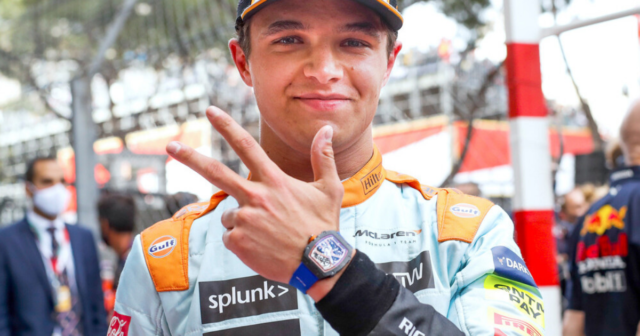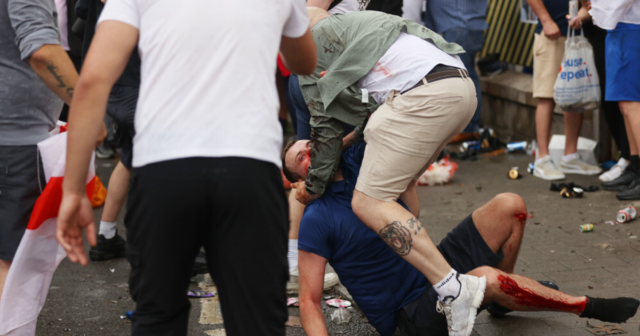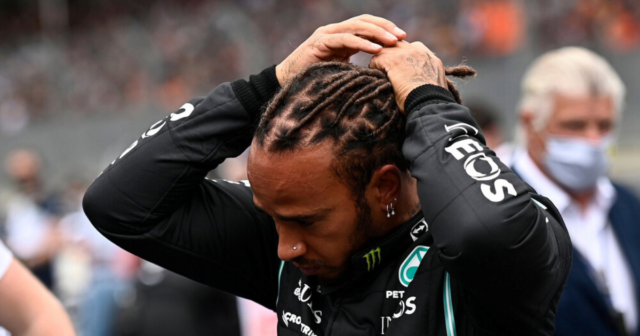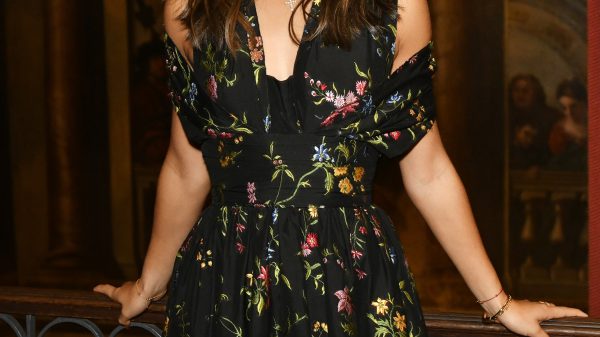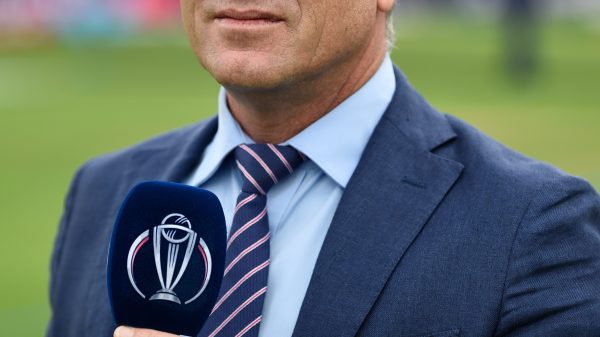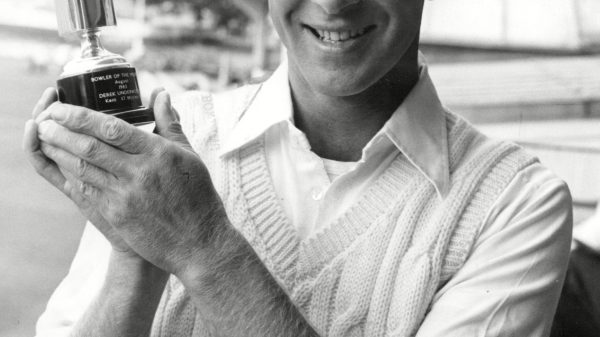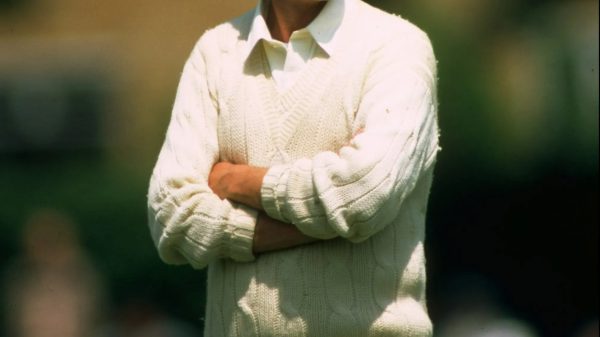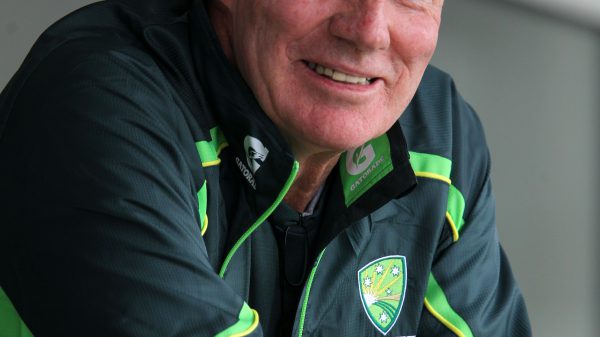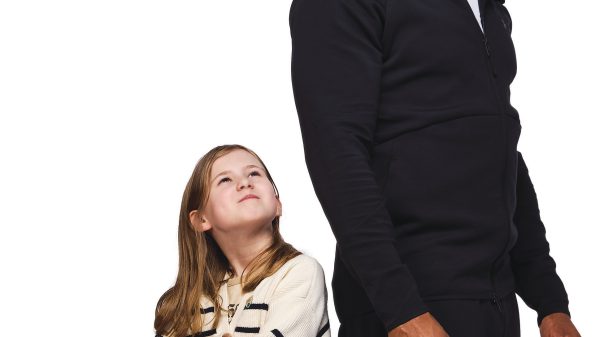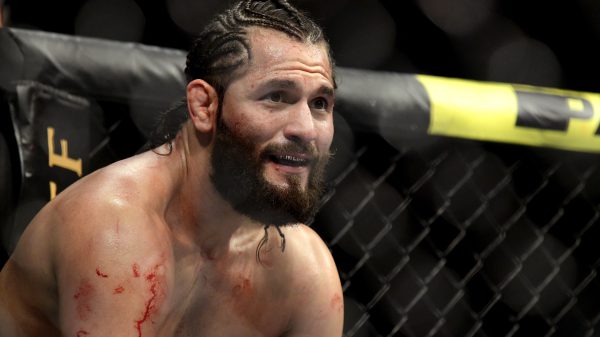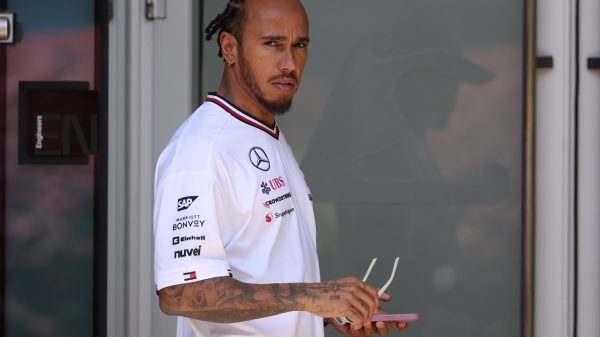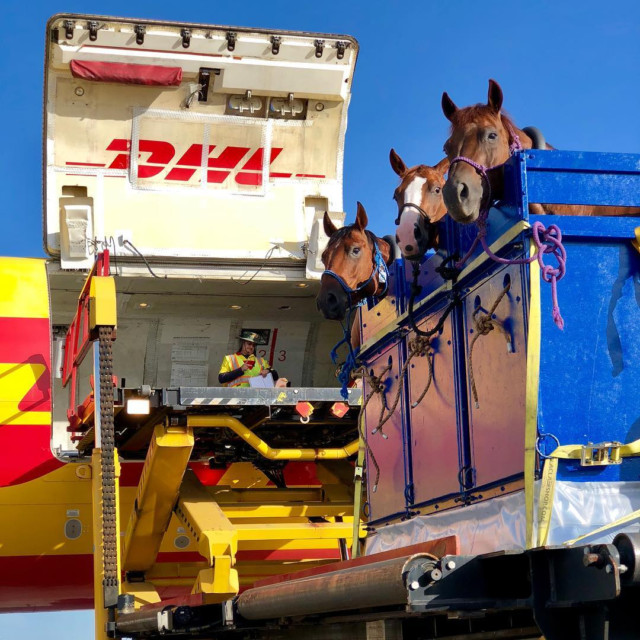JUST like us, horses travel.
But have you ever wondered how the best race horses go around the world to compete in the biggest meets?
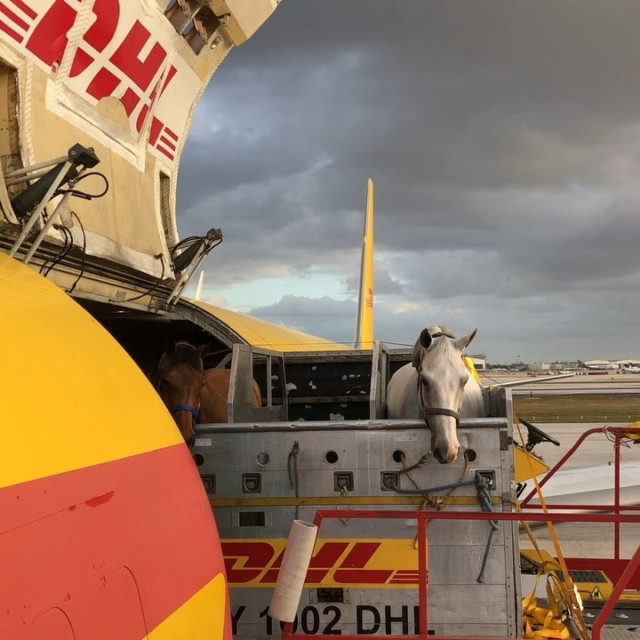
Well, of course, they travel in style and are transported in £50million stalls with personal handlers, as trainers give their investments everything they need to succeed.
And don’t forget their in-flight meal – plenty of carrots to chomp on to combat ear pressure.
These amazing photos show how horses travel on planes.
FIRST CLASS THIS WAY
A horse’s journey starts from being loaded into a trailer and traveling from their stables to a major airport that specialises in livestock transportation.
One of the many travelled routes is from Amsterdam, Netherlands to Miami, Florida.
However, the most impressive is The Ark at New York’s JFK Airport.
Located off the runway in Cargo Area D, the state-of-the-art climate-controlled facility enables the safe-handling and delivery of prized animals, including race horses.
The Ark, that cost £50million, has 48 stalls, a 24-hour reception centre, and a special quarantine facility for export and import horses.
Their goal is to ensure that the horses travel smoothly, without any hiccups, so they can perform at the highest level once they reach their final destination.
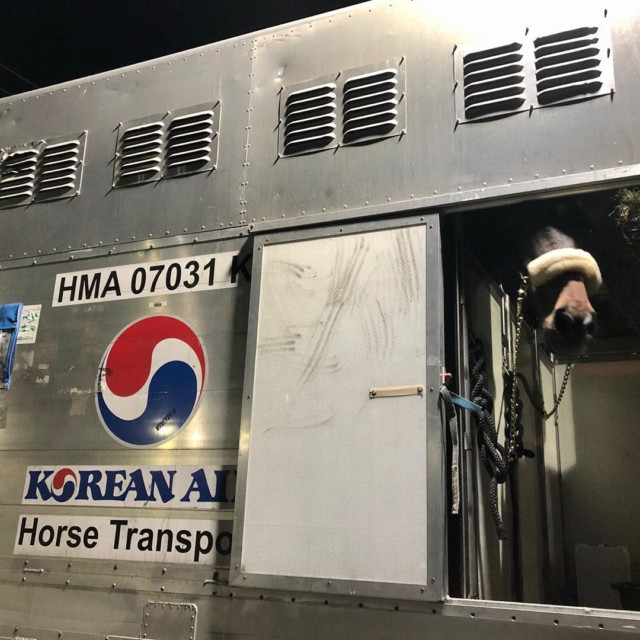
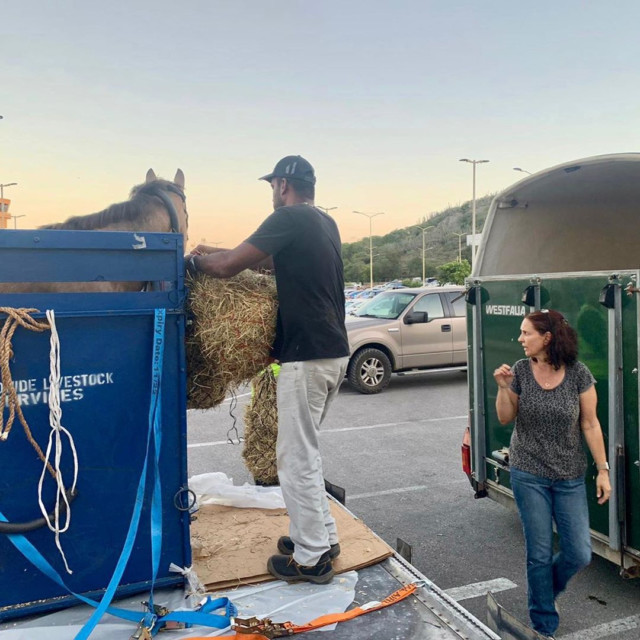
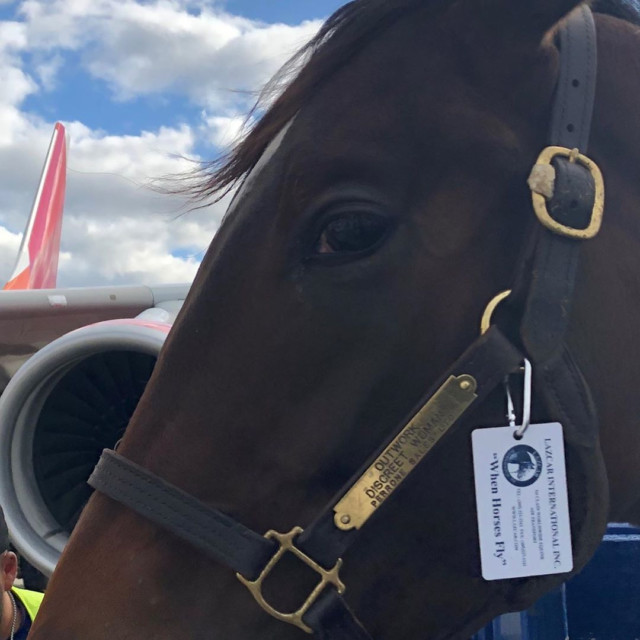
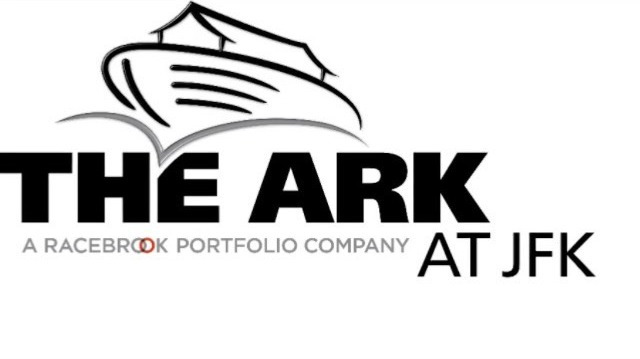
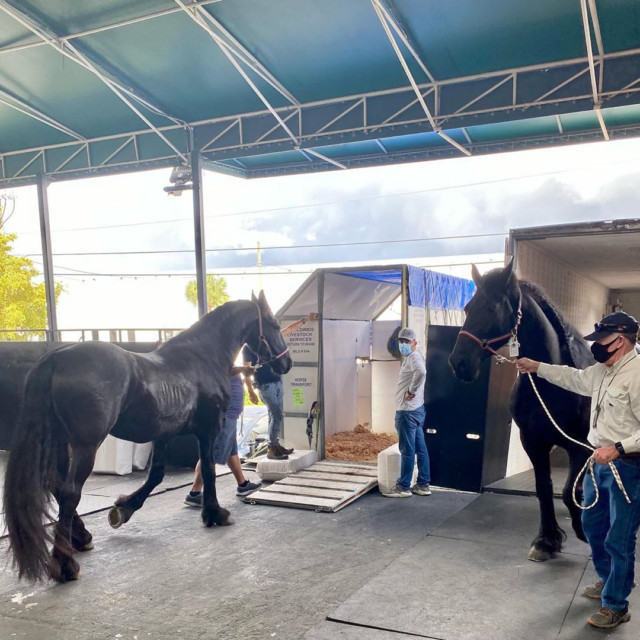
THE ANIMALS WENT IN TWO BY TWO…
When it is time to board, the horses are loaded into special containers.
Owners have an option of sending their prized possessions economy, business or first class.
Normally, it’s the smaller horses who will fly three to a container, otherwise known as economy.
However, larger horses will fly business class – simply so they have more leg room.
Once they are loaded into the containers, they are then taken to the plane’s cargo bay.
Often, it’s a Boeing 747 that’s used because the airplane has lots of space for equine travellers in the lower deck.
But it’s not cheap – with owners often paying four figures per stall for the service.
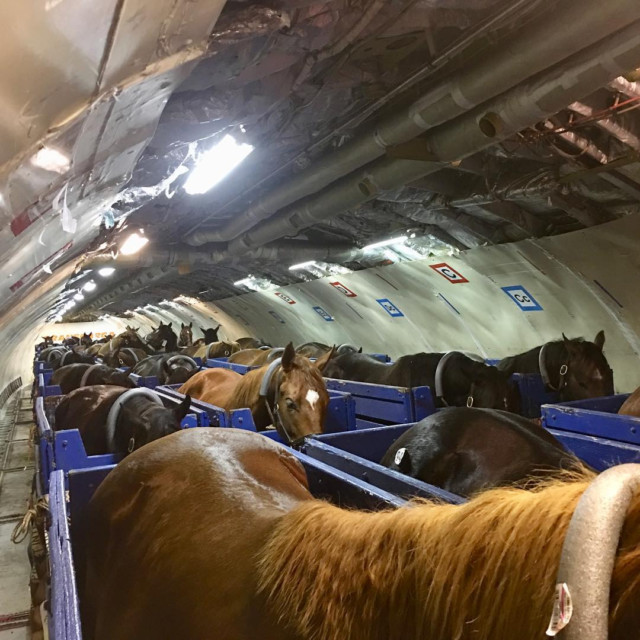
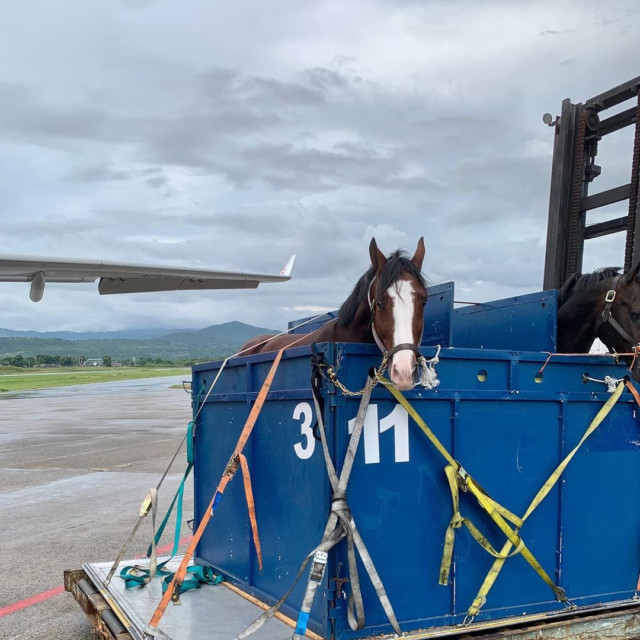
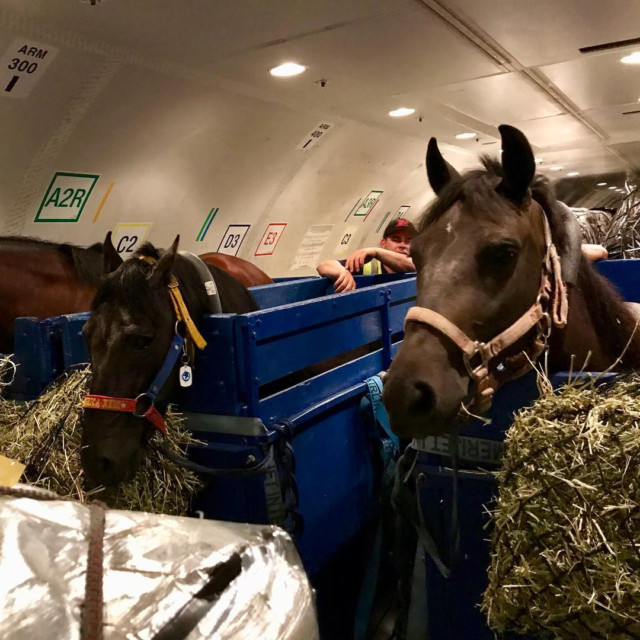
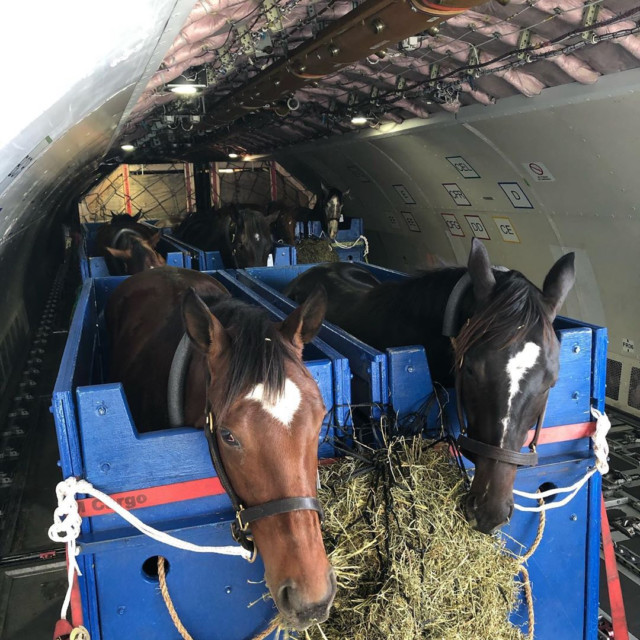
IN-FLIGHT SNACKS AND COMPANY
Alongside stable attendants, the airlines have assistants who are trained to coordinate and fly with the equines.
They observe the horses and tend to their needs, whether it’s an in-flight snack, normally carrots that help with equalising ear pressure. Or just to make them feel more comfortable so they can take a nap. Yes, horses nap on flights too!
Because horses doze standing up, their legs are wrapped in material that offers compression.
While halters lined with fluffy wool, instead of the usual leather ones, are worn.
If they fancy a graze, there’s plenty of hay available too and they stay hydrated by drinking water.
CAN JET LAG BE AN ISSUE?
Living a jet set lifestyle has its drawbacks.
One being the dreaded feeling of jet lag that only encourages nausea and ill feeling.
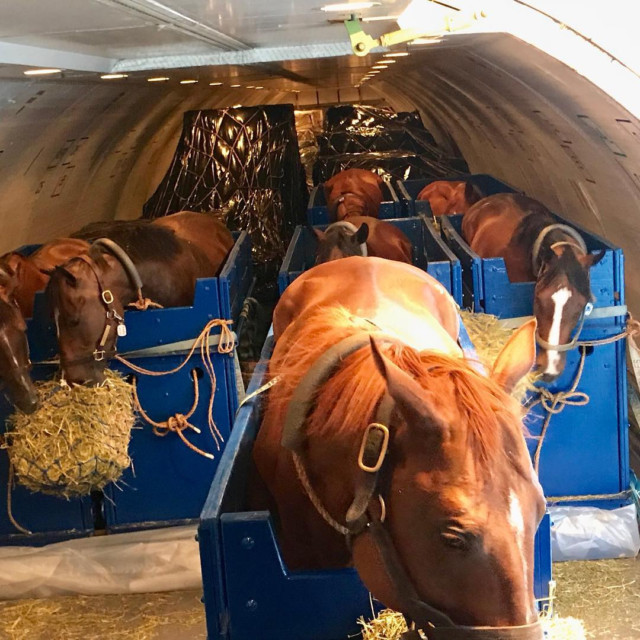
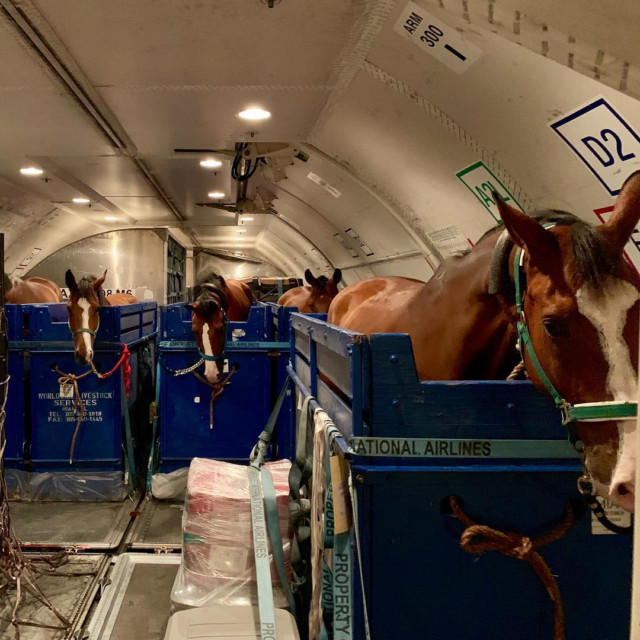
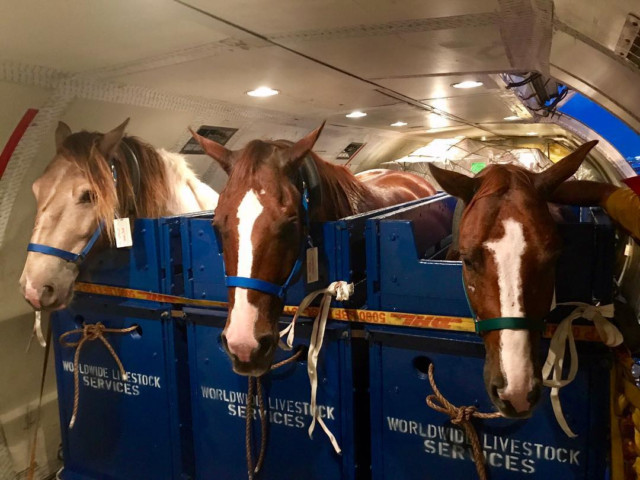
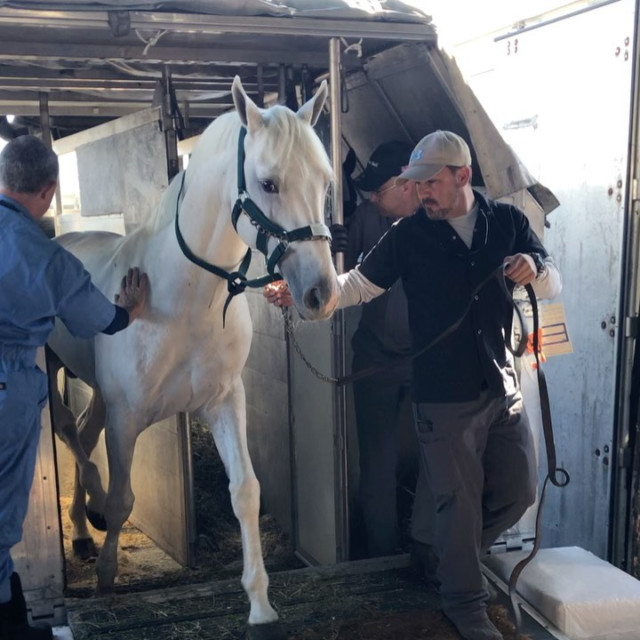
Do horses suffer from jet lag? The simple answer is no.
The FEI (International Federation of Equestrian Sport) Code of Conduct for the welfare of horses states that horses need a rest period between travel and competition.
But unlike us, they don’t feel grumpy when travelling overseas to farther shores.
An adult horse requires only three hours of sleep over a 24-hour period, and this is usually done by snatching naps.
So there’s no excuse when it comes to race day.
SEE OVER £2,000 IN FREE BETS HERE
Commercial content notice: Taking one of the bookmaker offers featured in this article may result in a payment to SE. 18+. T&Cs apply. Begambleaware.org
Remember to gamble responsibly
A responsible gambler is someone who:
- Establishes time and monetary limits before playing
- Only gambles with money they can afford to lose
- Never chase their losses
- Doesn’t gamble if they’re upset, angry or depressed
- Gamcare- www.gamcare.org.uk
- Gamble Aware – www.begambleaware.org



